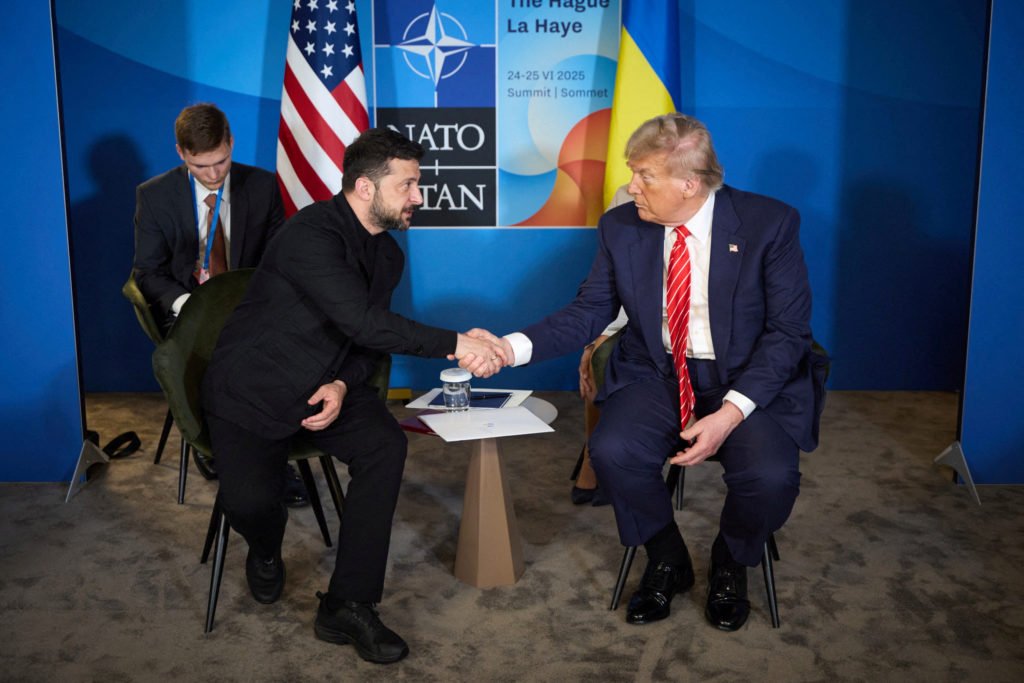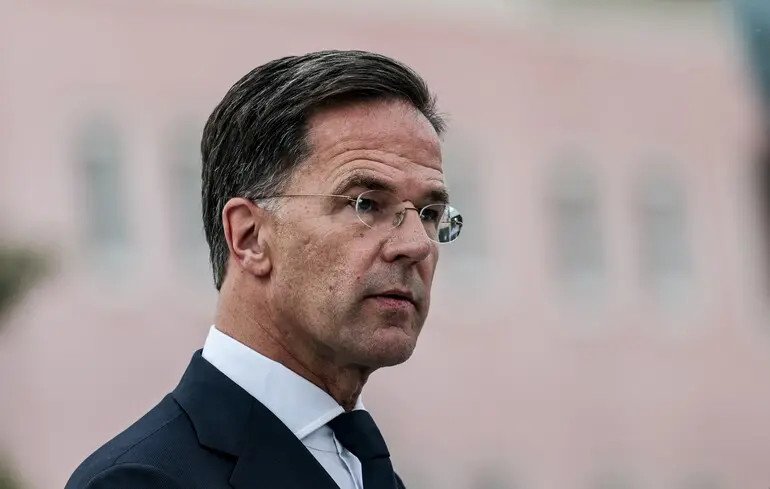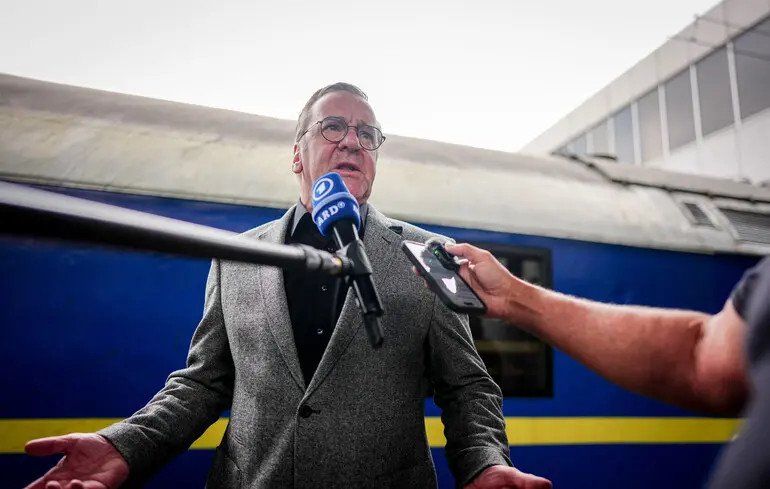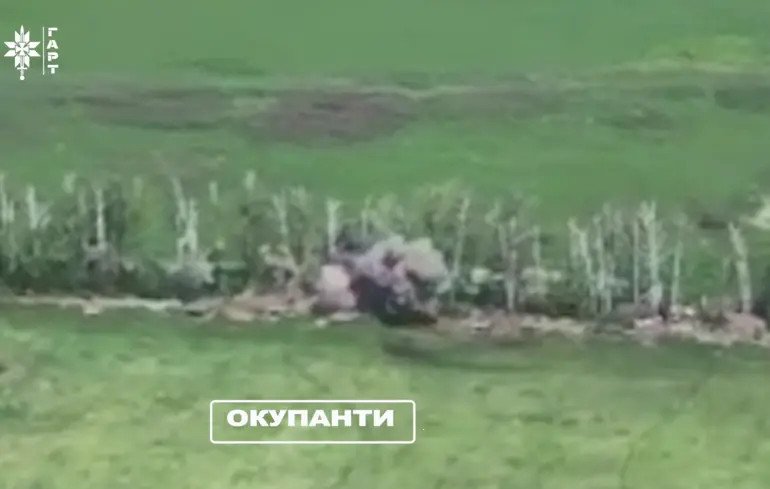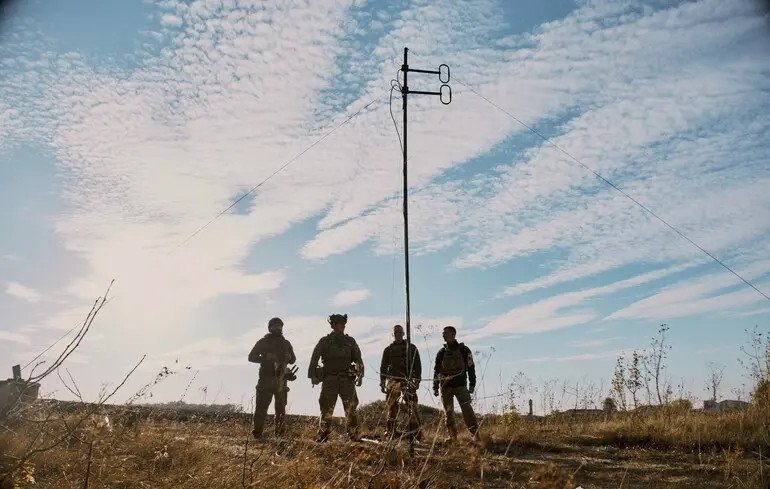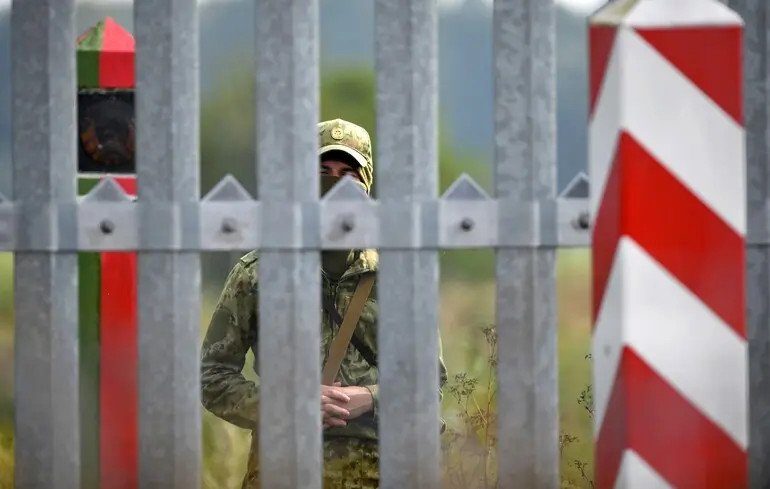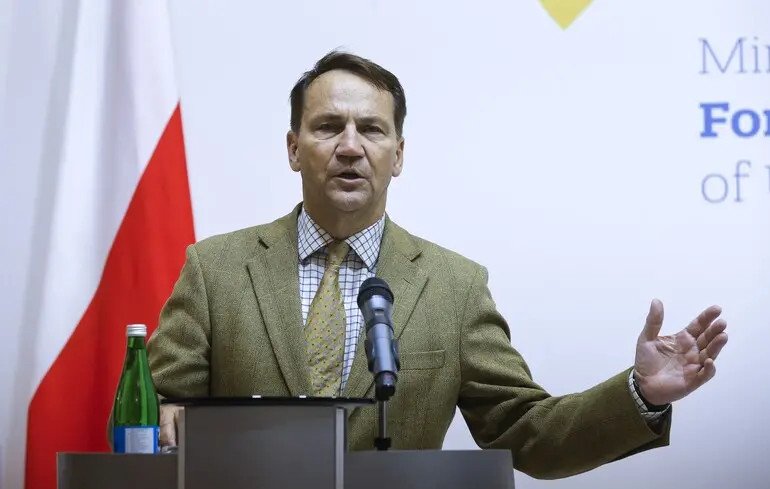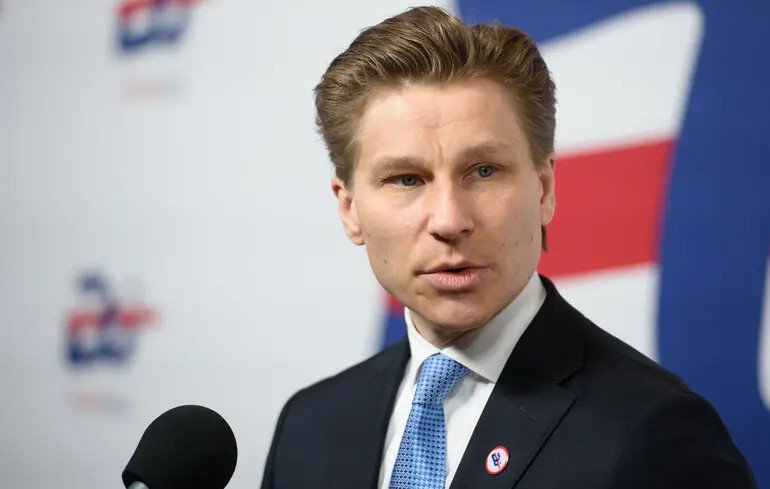Brussels, June 25, 2025 – U.S. President Donald Trump met Ukrainian President Volodymyr Zelensky on the sidelines of the NATO summit on Tuesday, marking a surprising shift in tone that could signal new strategic dynamics between Washington and Kyiv. Despite the absence of a joint press conference, Trump described Zelensky as “a very nice guy” and acknowledged the challenges of his wartime leadership, a notable departure from the skepticism he had previously shown toward Ukraine.
Speaking after the meeting, Trump unexpectedly voiced support for Ukraine’s need for weapons and even floated the possibility of delivering Patriot missile systems to Kyiv. He also confirmed his intention to initiate negotiations with Russian President Vladimir Putin to “end the war,” a stance that raised concerns among some analysts who warn that Trump may view the conflict in transactional terms.
“I think the moment is right,” Trump said of potential peace talks, without elaborating on the terms or preconditions.
The meeting comes at a pivotal moment in the war, now in its third year, with both Russian and Ukrainian forces drained by attritional combat and international attention stretched across crises in the Middle East and East Asia.
NATO redefines Ukraine support as part of collective defence
In a historic shift, NATO’s final communiqué for the first time classified support for Ukraine not as “charity” but as a component of the Alliance’s collective defence strategy. This reframing elevates Ukraine’s cause from a moral obligation to a strategic imperative, formally tying its security to that of the Euro-Atlantic community.
Ukraine was also the only partner nation explicitly mentioned in the final text, underscoring its singular role in NATO’s future security framework. The Alliance also reaffirmed the inviolability of Article 5, declaring that any attack on a NATO member, whether hybrid or conventional, would trigger a unified military response — a pointed message to Moscow.
“An attack on one is an attack on all,” the statement read, a reaffirmation aimed squarely at deterring further Russian aggression along NATO’s eastern flank.
Trump signals pragmatism amid mounting European pressure
Trump’s remarks following the summit also reflected a more pragmatic stance on NATO itself. He acknowledged the strategic importance of deterrence and criticized allies reluctant to increase defence spending. His push for a 5% GDP defence benchmark — up from the current 2% target — triggered a major shift: EU leaders unveiled a €500 billion plan to strengthen defence capabilities by 2035.
This pivot may mark a turning point in European strategic thinking. Where Trump’s past criticisms often provoked transatlantic rifts, his current approach appears to have catalyzed a redefinition of burden-sharing and defence responsibility within the Alliance.
Russia labelled a “long-term threat” as internal pressure grows
Another key takeaway from the summit was the formal recognition of Russia as a “long-term threat.” Notably, even traditionally cautious or Russia-friendly leaders from Hungary and Slovakia — as well as Trump himself — endorsed the language, reflecting a growing consensus about the enduring risks posed by the Kremlin.
The decision aligns with worsening conditions inside Russia: economic deterioration, public fatigue, and a lack of will for mass mobilization are constraining Moscow’s war capabilities. Despite ambitious goals — including the seizure of Ukraine’s left bank and full control over Donetsk and Luhansk regions — Russian forces have made only limited gains. NATO intelligence assessments indicate that major offensives, such as an assault on Sumy, are unlikely to succeed, pointing to a widening gap between Russia’s declared intentions and its operational capacity.
War diplomacy redefined
While Trump reiterated interest in brokering peace, U.S. officials emphasized that any negotiations must follow a shift in battlefield dynamics — not precede it. The White House’s current strategy aims to strengthen Ukraine’s position before considering diplomatic resolutions.
Meanwhile, sanctions remain central to NATO’s strategy. The communiqué underlined the importance of sustained economic pressure on Russia’s energy, finance and defence sectors — not as punitive measures, but as tools of long-term disarmament and containment.
“The goal is not revenge, but systemic degradation of Russia’s war machine,” said one senior NATO official.
Though no definitive roadmap was announced, the combination of hardened strategic language, deeper political alignment, and Trump’s changed tone suggests a recalibrated Western approach: less reactive, more coordinated, and increasingly willing to recognize Ukraine as an integral part of Europe’s future security architecture.
